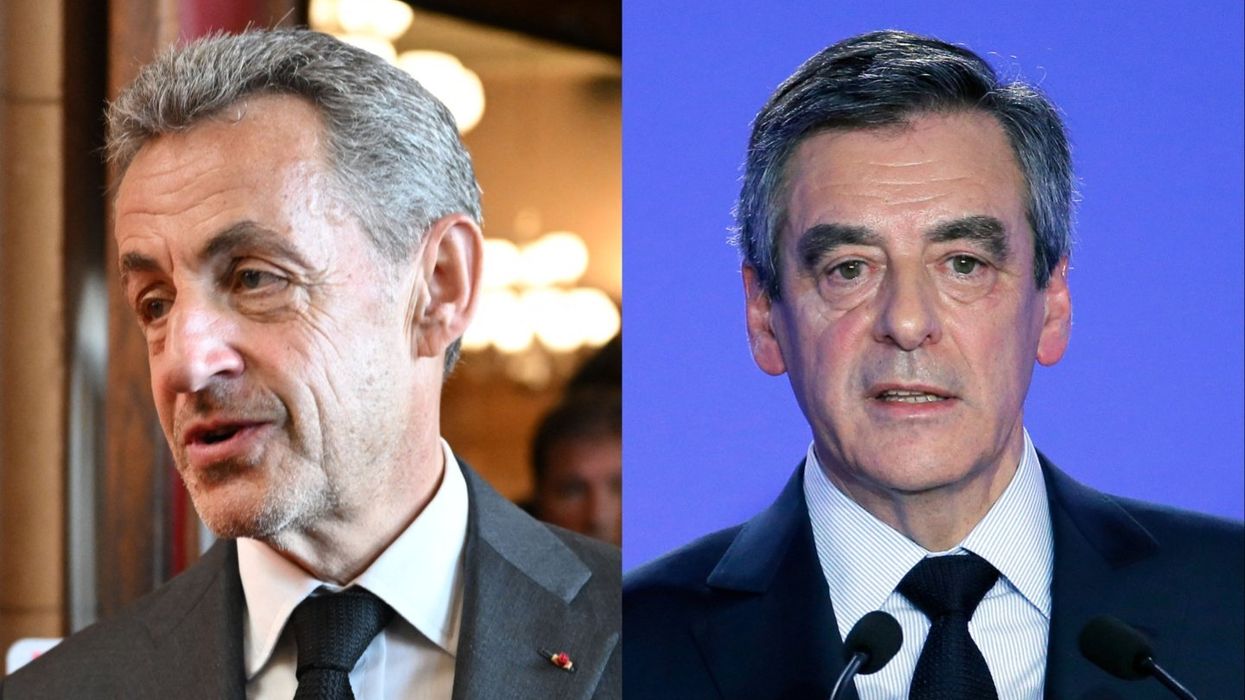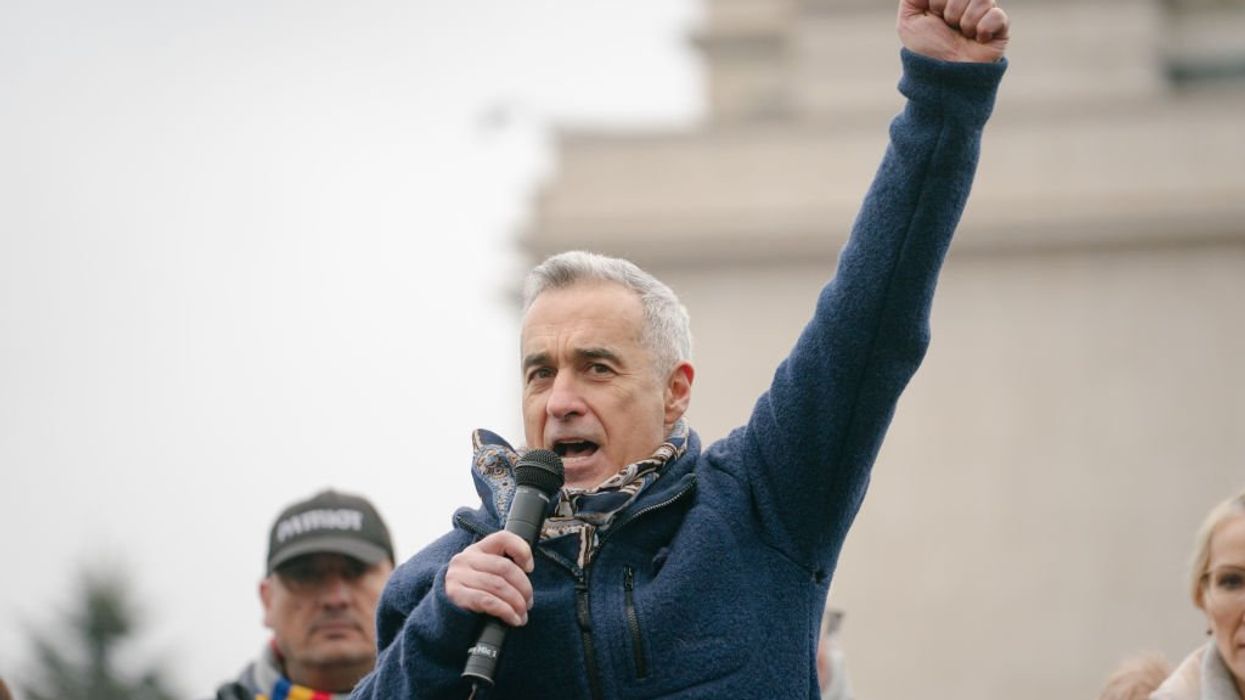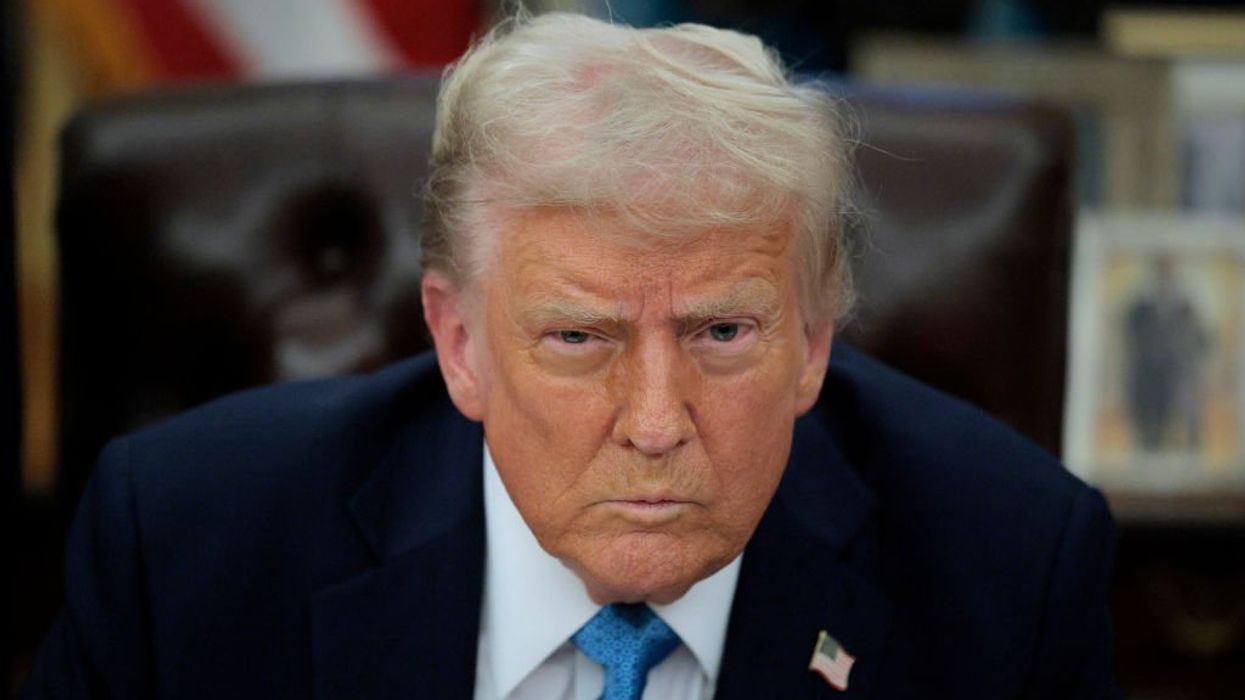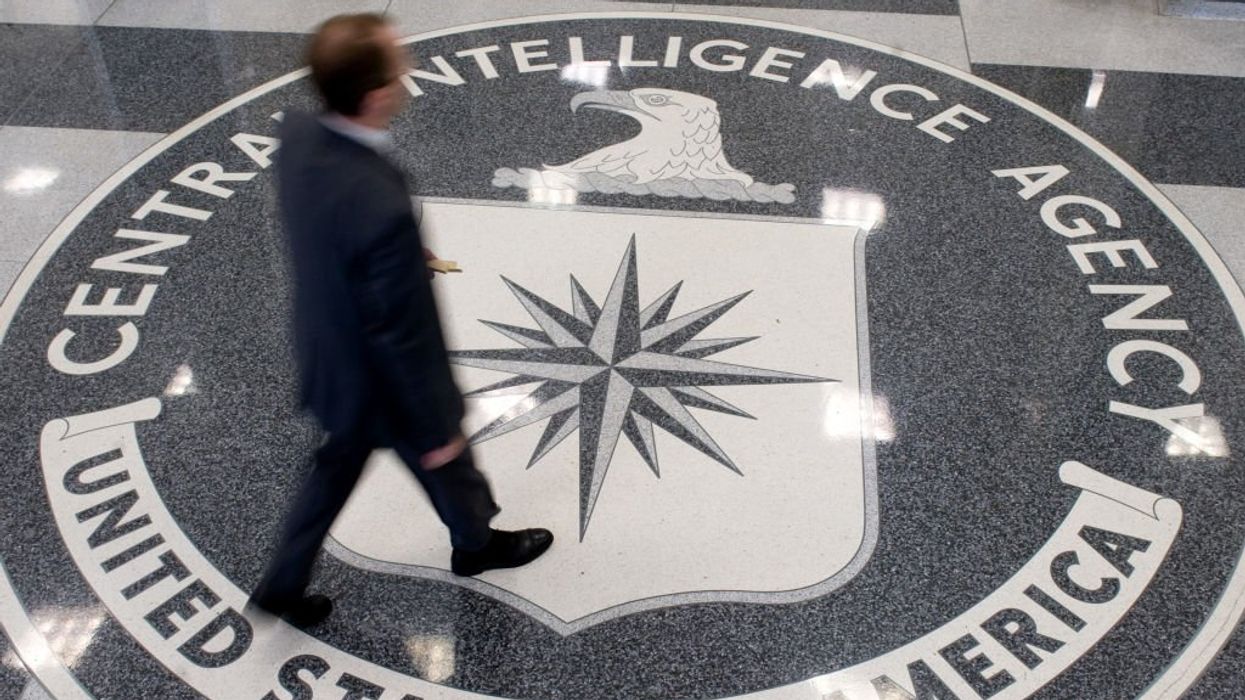Editor's Note: This article was originally published on TheBlaze.com.
Former President Donald Trump on Saturday was targeted in an assassination attempt during a campaign rally in Pennsylvania. It occurred just after 6:10 p.m. while Trump was delivering his speech.
Here are the details of the “official” story. The shooter was Thomas Matthew Crooks. He was 20 years old from Bethel Park, Pennsylvania. He used an AR-15 rifle and managed to reach the rooftop of a nearby building unnoticed. The Secret Service's counter-response team responded swiftly, according to "the facts," killing Crooks and preventing further harm.
Did it though? That’s what the official story says, so far, but calling this a mere lapse in security by Secret Service doesn't add up. There are some glaring questions that need to be answered.
If Trump had been killed on Saturday, we would be in a civil war today. We would have seen for the first time the president's brains splattered on live television, and because of the details of this, I have a hard time thinking it wouldn't have been viewed as JFK 2.0.
How does someone sneak a rifle onto the rally grounds? How does someone even know that that building is there? How is it that Thomas Matthew Crooks was acting so weird and pacing in front of the metal detectors, and no one seemed to notice? People tried to follow him, but, oops, he got away.
How could the kid possibly even think that the highest ground at the venue wouldn't be watched? If I were Crooks, my first guess would be, "That’s the one place I shouldn't crawl up to with a rifle because there's most definitely going to be Secret Service there." Why wasn't anyone there? Why wasn't anyone watching it? Nobody except the shooter decided that the highest ground with the best view of the rally would be the greatest vulnerability to Trump’s safety.
Moreover, a handy ladder just happened to be there. Are we supposed to believe that nobody in the Secret Service, none of the drones, none of the things we pay millions of dollars for caught him? How did he get a ladder there? If the ladder was there, was it always there? Why was the ladder there? Secret Service welds manhole covers closed when a president drives down a road. How was there a ladder sitting around, ready to climb up to the highest ground at the venue, and the Secret Service failed to take it away?
There is plenty of video of eyewitnesses yelling that there was a guy with a rifle climbing up on a ladder to the roof for at least 120 seconds before the first shot was fired. Why were the police looking for him while Secret Service wasn't? Why did the sniper have him in his sights for over a minute before he took a shot? Why did a cop climb up the ladder to look around? When Thomas Matthew Cooks pointed a gun at him, he then ducked and came down off the ladder. Did he call anyone to warn that this young man had a rifle within range of the president?
How is it the Secret Service has a female bodyguard who doesn't even reach Trump's nipples? How was she going to guard the president's body with hers? How is it another female Secret Service agent pulled her gun out a good four minutes too late, then looked around, apparently not knowing what to do? She then couldn't even get the pistol back into the holster because she's a Melissa McCarthy body double. I don't think it's a good idea to have Melissa McCarthy guarding the president.
Here’s the critical question now: Who trusts the FBI with the shooter’s computer? Will his hard drive get filed with the Nashville manifesto? How is it that the Secret Service almost didn't have snipers at all but decided to supply them only one day before the rally because all the local resources were going to be put on Jill Biden? I want Jill Biden safe, of course. I want Jill Biden to have what the first lady should have for security, but you can’t hire a few extra guys to make sure our candidates are safe?
How is it that we have a Secret Service director, Kimberly Cheatle, whose experience is literally guarding two liters of Squirt and spicy Doritos? Did you know that's her background? She's in charge of the United States Secret Service, and her last job was as the head of security for Pepsi.
This is a game, and that's what makes this sick. This is a joke. There are people in our country who thought it was OK to post themselves screaming about the shooter’s incompetence: “How do you miss that shot?” Do you realize how close we came to another JFK? If the president hadn't turned his head at the exact moment he did, it would have gone into the center of his head, and we would be a different country today.
Now, Joe Biden is also saying that we shouldn't make assumptions about the motive of the shooter. Well, I think we can assume one thing: He wanted to kill the Republican presidential candidate. Can we agree on that at least? Can we assume that much?
How can the media even think of blaming Trump for the rhetoric when the Democrats and the media constantly call him literally worse than Hitler who must be stopped at all costs?
These questions need to be answered if we want to know the truth behind what could have been one of the most consequential days in U.S. history. Yet, the FBI has its hands clasped on all the sources that could point to the truth. There must be an independent investigation to get to the bottom of these glaring “mistakes.”












